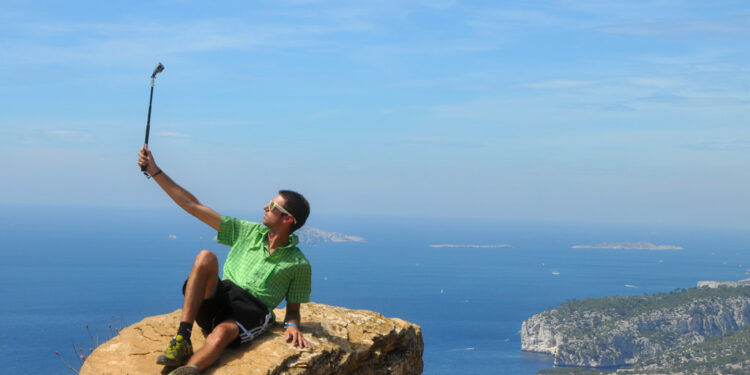Artificial intelligence has joined with photography in what we know as computational photography, but when it comes to editing it still has a lot to improve.
In recent months there is a strong trend in mobile photography: the use of artificial intelligence. And no, we’re not talking about all computational photography, but what manufacturers call ” image enhancement by scene recognition.” Thanks to previous training and the use of machine learning, smartphone camera applications “manage to better adjust all the variables in a photograph”: exposure speed, white balance, color, ISO sensitivity, etc.
In view of the results, and without doubting the application of advanced techniques and calculations involving what we know as artificial intelligence, what in most cases reaches the end user really are saturated photos. The best news is that if these modes of enrichment do not convince us, we can disable them. The bad news is that, if we don’t like them, and we have left them activated, we will no longer be able to recover the photos without this processed and artificial aspect, unlike what happens with most portrait modes, which usually offer the possibility of having a photo without a blur effect.
Editing alternatives to artificial intelligence
The main high-end smartphones offer the RAW format, with which we can really edit each photo as we please.
To enhance a photo, high-end smartphones (those that offer artificial intelligence) have long offered better options. The best is to save the photos in RAW format. In this way, the user receives the photo in “raw”, as the sensor has taken it, without the intervention of the image processor. In addition, the photographs in RAW format they always allow to return to the original shot without loss, unlike what happens with formats such as JPEG, or the new HEIC/HEIF.
The other option is to make use of traditional photo editing applications on mobile, such as Snapseed or VSCO. The advanced filters they offer do not leave indifferent, and the photos edited with them come to look like from another era if that is the goal. In five minutes we can achieve results similar to those that companies offer with their artificial intelligence modes, but without being forced to have such destructive looks in which cases. It would be nice that just as Huawei allows you to adjust the blur, choosing apertures between f/16 and f/0.95, you could also choose the degree of blur.
Within this solution, the easiest thing is to make use of the photo editor that each terminal integrates into its factory software. They are not as advanced as those proposed by third parties, but they are sufficient for the majority. In the case of wanting a processed with superior artificial intelligence, the one that Google offers with Google Photos with automatic adjustment, without being natural at all, is closer to a result that a photography aficionado would make.









